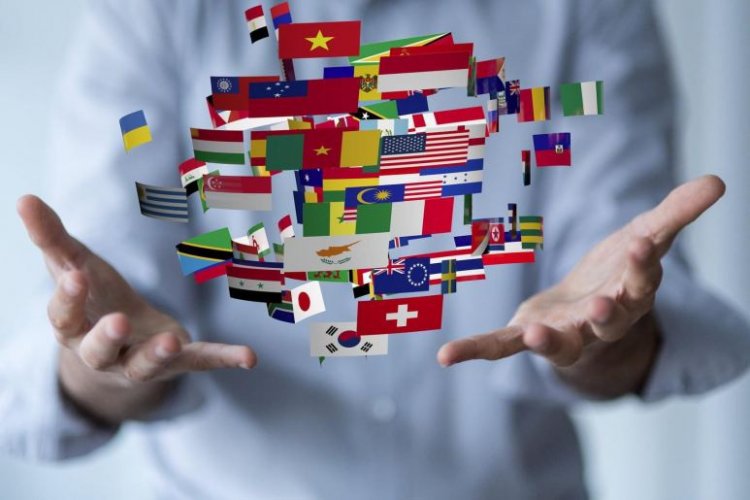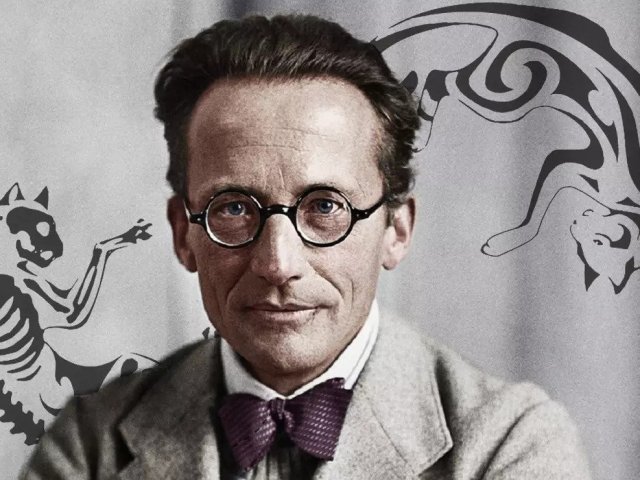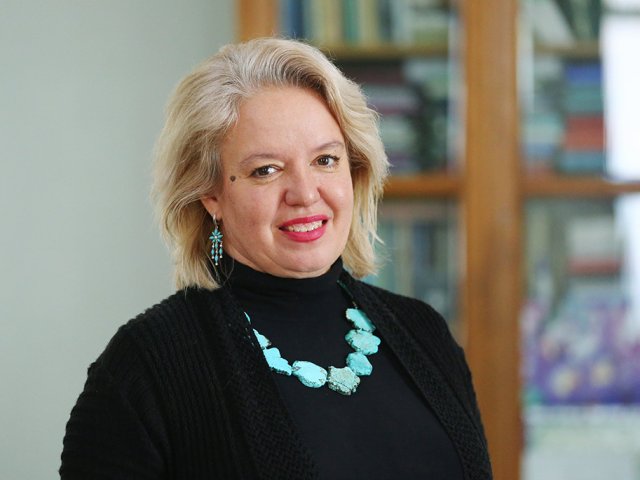September 30 is International Translation Day
It is impossible to say exactly when language translation appeared. Its history is discontinuous in time and space. There are many supporting historical documents, but language translation could have appeared earlier, somewhere on the other side of the Earth. But one thing is clear – the need for communication between peoples and tribes speaking different languages arose in ancient times. First, the proto-language appeared, and then, about 35 thousand years ago, it probably broke up into different dialects, which became the beginning of other languages.
In ancient times, religious writings, Bibles, and treatises were translated into several languages: Latin, Greek, and then into modern European languages. And in the Middle Ages, translation of fiction books was in higher demand.
At all times, those who knew foreign languages have always been respected in society, but despite this, the profession itself appeared a little later, paving the way for scientific research on translation.
History keeps a record of the first translators who laid the foundation of this science and even prevented wars. For example, Marcus Tullius Cicero (106–43 BC). He sought to convey the spirit of the text and the meaning of the words, but not their amount. He was a supporter of the “true to meaning” interpretation, which became the prototype of translational equivalence.
Linguist Jean-François Champollion translated Egyptian treatises and thereby showed the world that there were translators even in the time of the pharaoh kings. At one time, they stopped the murderous war between the Egyptians and the Hittites.
Today, in the era of globalization, the profession of an interpreter has become even more important. They can be compared to a bridge that connects entire countries.
In 1991, on the initiative of the International Federation of Translators, an international day was established. It is celebrated on September 30 – the feast of St. Jerome of Stridon, who translated the Hebrew texts of the Old Testament into Latin in the 400s. Many translations of the holy book have come down to our days, but it is the translation of St. Jerome that is officially recognized by the Catholic Church as the so-called Vulgate – the generally accepted Bible.
In Russia, Translation Day appeared in the early 2000s. Each year, the International Federation of Translators proclaims the theme of Translation Day. Since we were forced to be divided for a long time during the pandemic, in 2021 the theme will be “United in translation.”
Photo on the homepage: pikabu.ru
Photo on the page: debbr.com























